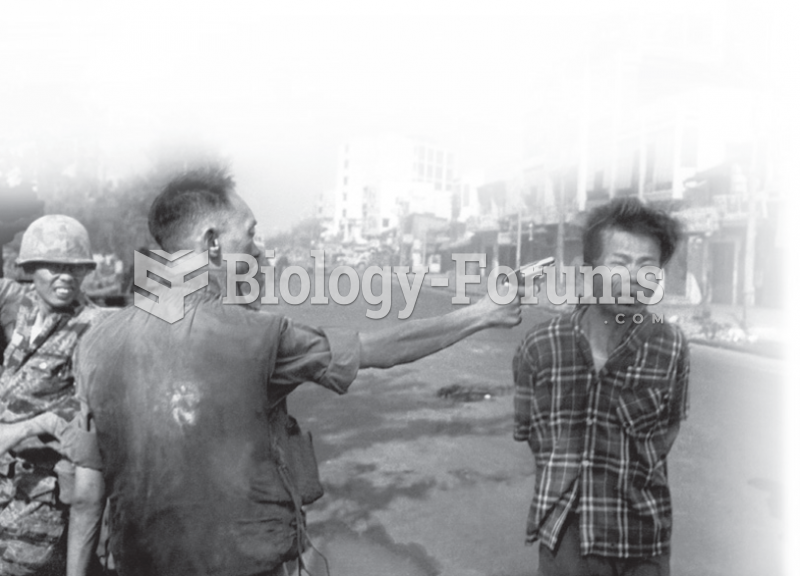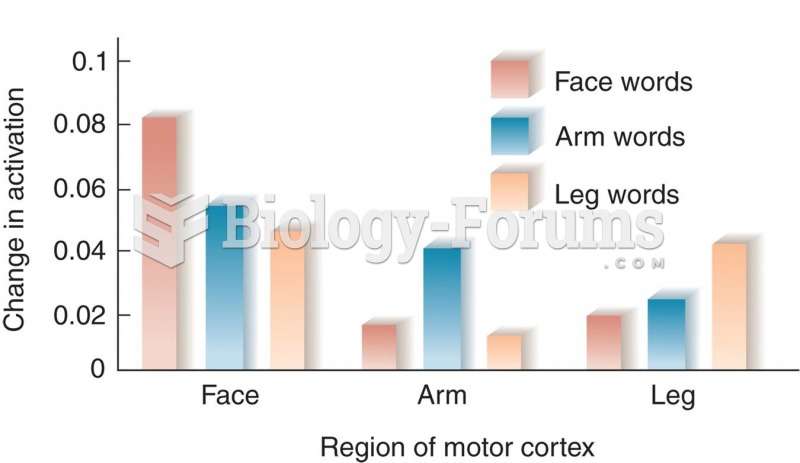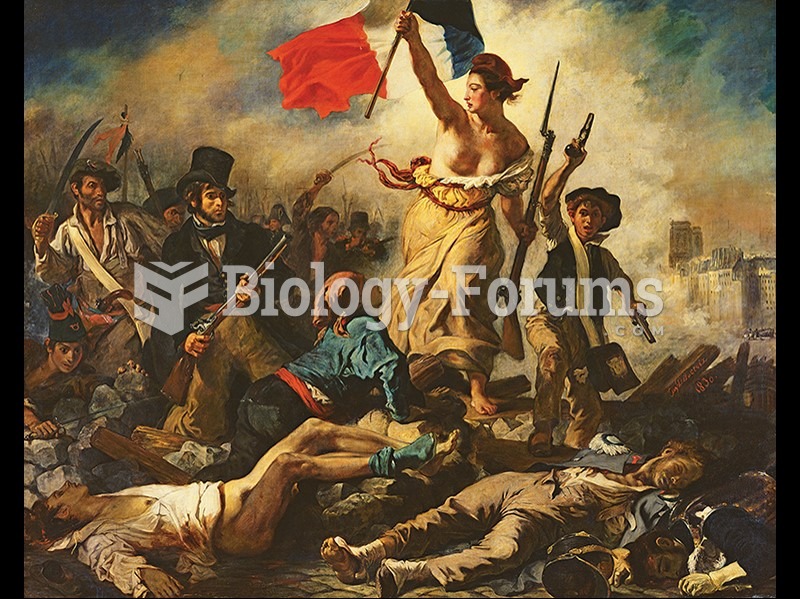|
|
|
In ancient Rome, many of the richer people in the population had lead-induced gout. The reason for this is unclear. Lead poisoning has also been linked to madness.
Approximately one in three babies in the United States is now delivered by cesarean section. The number of cesarean sections in the United States has risen 46% since 1996.
The most common treatment options for addiction include psychotherapy, support groups, and individual counseling.
It is difficult to obtain enough calcium without consuming milk or other dairy foods.
All patients with hyperparathyroidism will develop osteoporosis. The parathyroid glands maintain blood calcium within the normal range. All patients with this disease will continue to lose calcium from their bones every day, and there is no way to prevent the development of osteoporosis as a result.
 The ultimate foundation of any political order is violence, no more starkly demonstrated than when a ...
The ultimate foundation of any political order is violence, no more starkly demonstrated than when a ...
 Wives and husbands are equally as likely to initiate violence, but unlike this photo, wives are more ...
Wives and husbands are equally as likely to initiate violence, but unlike this photo, wives are more ...





